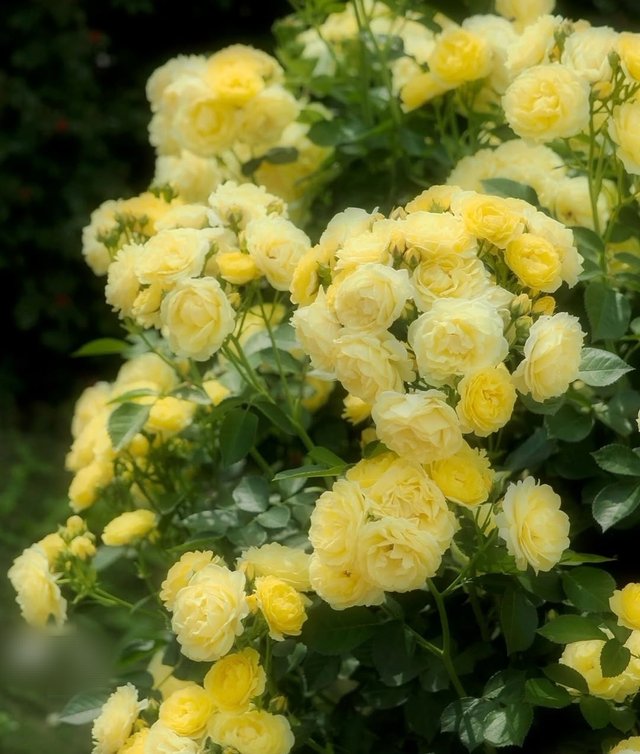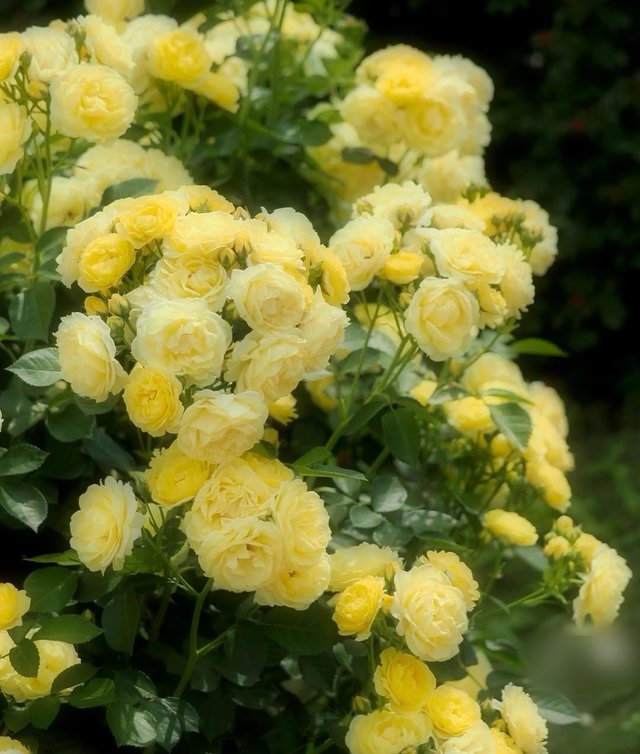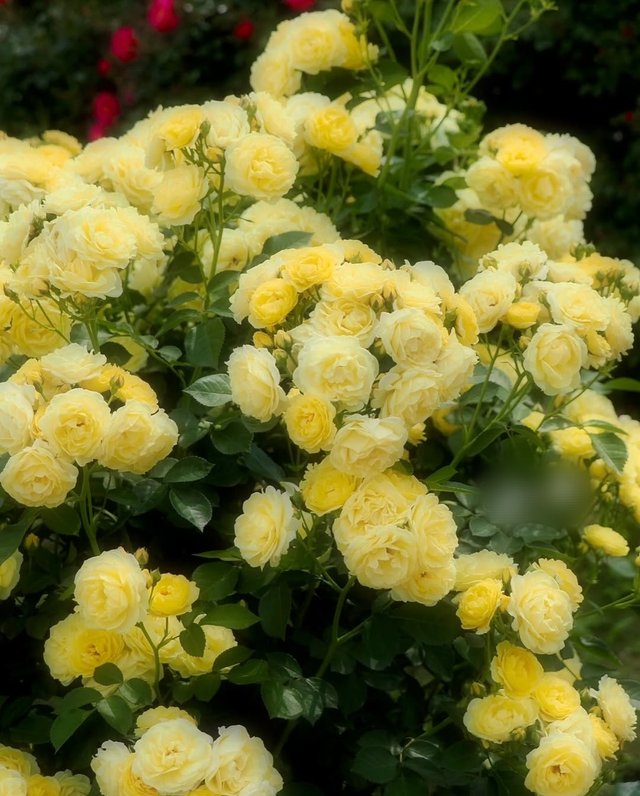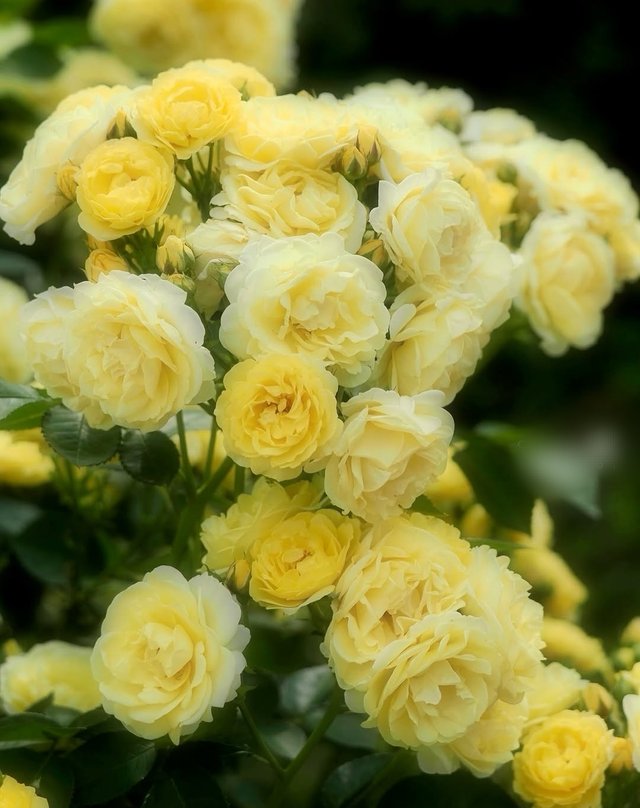Wonderful Lady Banks Rose Flower
Lady Banks' Rose: A Graceful Beauty in the World of Roses
The Lady Banks' rose, scientifically known as Rosa banksiae, is a remarkable climbing rose beloved for its vigorous growth, delicate blooms, and virtual freedom from thorns. Revered for centuries and cherished in both historical gardens and modern landscapes, this rose brings with it an air of timeless elegance and resilience. Native to China and named in honor of Lady Dorothea Banks—the wife of renowned botanist Sir Joseph Banks—it carries a rich botanical legacy matched by its visual charm.
Origins and History
The Lady Banks' rose has its roots in central and western China, where it was cultivated long before its introduction to the West. The species was first brought to Europe in the early 19th century by the Scottish botanist William Kerr, who discovered it while working for the Royal Horticultural Society. Kerr sent specimens back to England in 1807, where the rose was named to honor Lady Banks for her support of botanical exploration.
There are two primary forms of Rosa banksiae:
Rosa banksiae var. lutea – the yellow-flowered, double-petaled form
Rosa banksiae var. banksiae – the white-flowered, double-petaled form
A less common, single-flowered version also exists but is rarely seen in cultivation.
Botanical Description
The Lady Banks' rose is not your typical rose. It lacks the iconic hybrid tea structure and instead offers an explosion of small, clustered blooms. Here's what makes it unique:
Flowers: Typically bloom in early to mid-spring, before many other roses. The blooms are small, but they appear in massive clusters, often covering the plant in a frothy cascade of soft yellow or creamy white flowers. Most varieties are lightly to sweetly scented, with the white version often described as having a violet-like fragrance.
Foliage: The leaves are small, glossy, and evergreen in milder climates, giving the plant a lush, graceful appearance year-round.
Stems: Unlike many other roses, Lady Banks’ rose is nearly thornless, making it especially desirable for gardens, arbors, and fences where people may come into contact with it.




%20(7).jpeg)